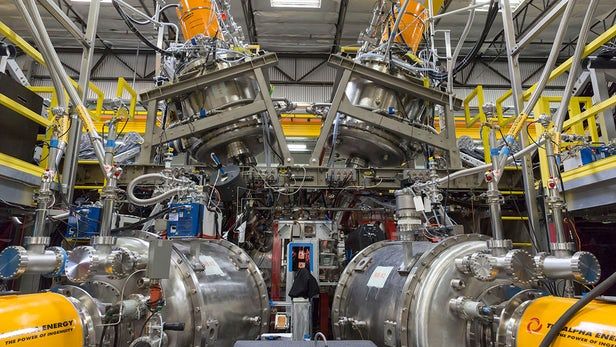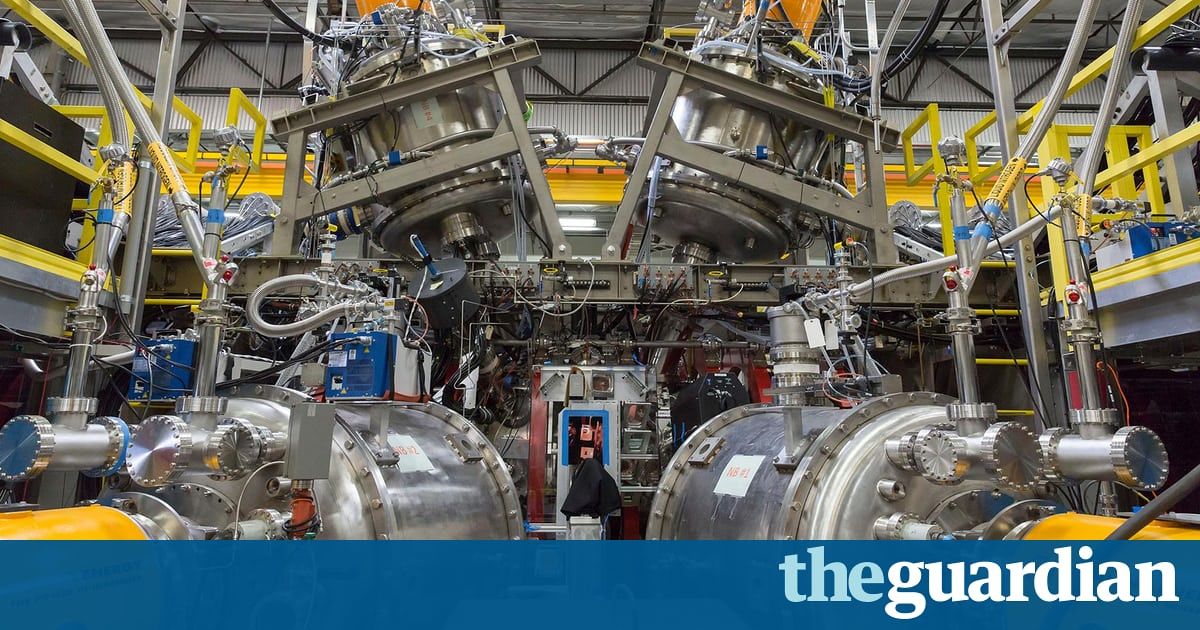Authorities in China are exploring predictive analytics, facial recognition, and other artificial intelligence (AI) technologies to help prevent crime in advance. Based on behavior patterns, authorities will notify local police about potential offenders.
Cloud Walk, a company headquartered in Guangzhou, has been training its facial recognition and big data rating systems to track movements based on risk levels. Those who are frequent visitors to weapons shops or transportation hubs are likely to be flagged in the system, and even places like hardware stores have been deemed “high risk” by authorities.
A Cloud Walk spokesman told The Financial Times, “Of course, if someone buys a kitchen knife that’s OK, but if the person also buys a sack and a hammer later, that person is becoming suspicious.” Cloud Walk’s software is connected to the police database across more than 50 cities and provinces, and can flag suspicious characters in real time.








